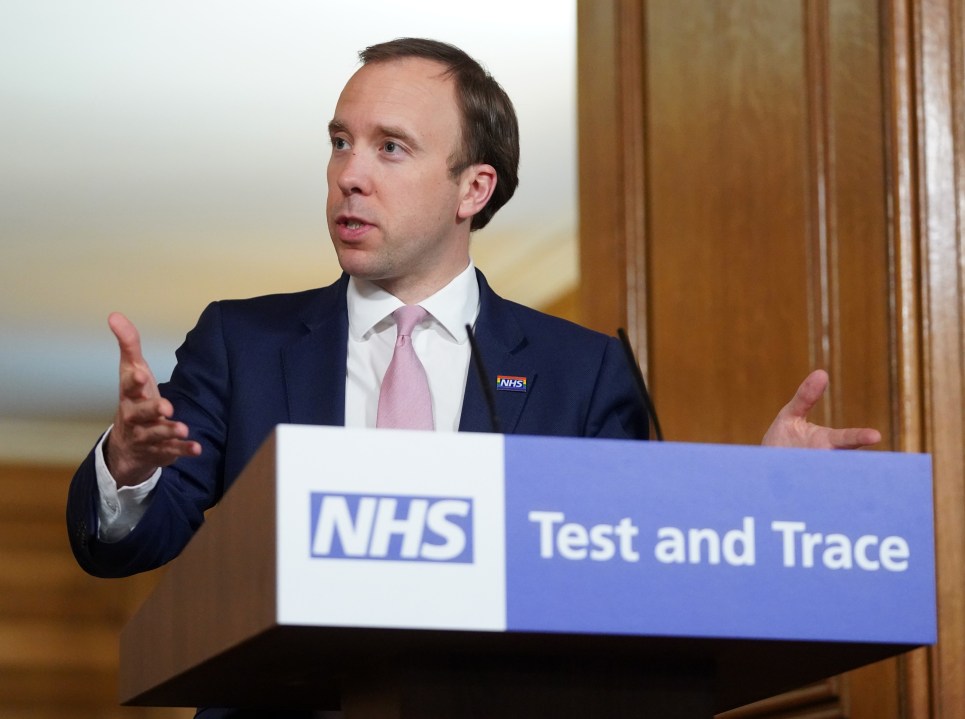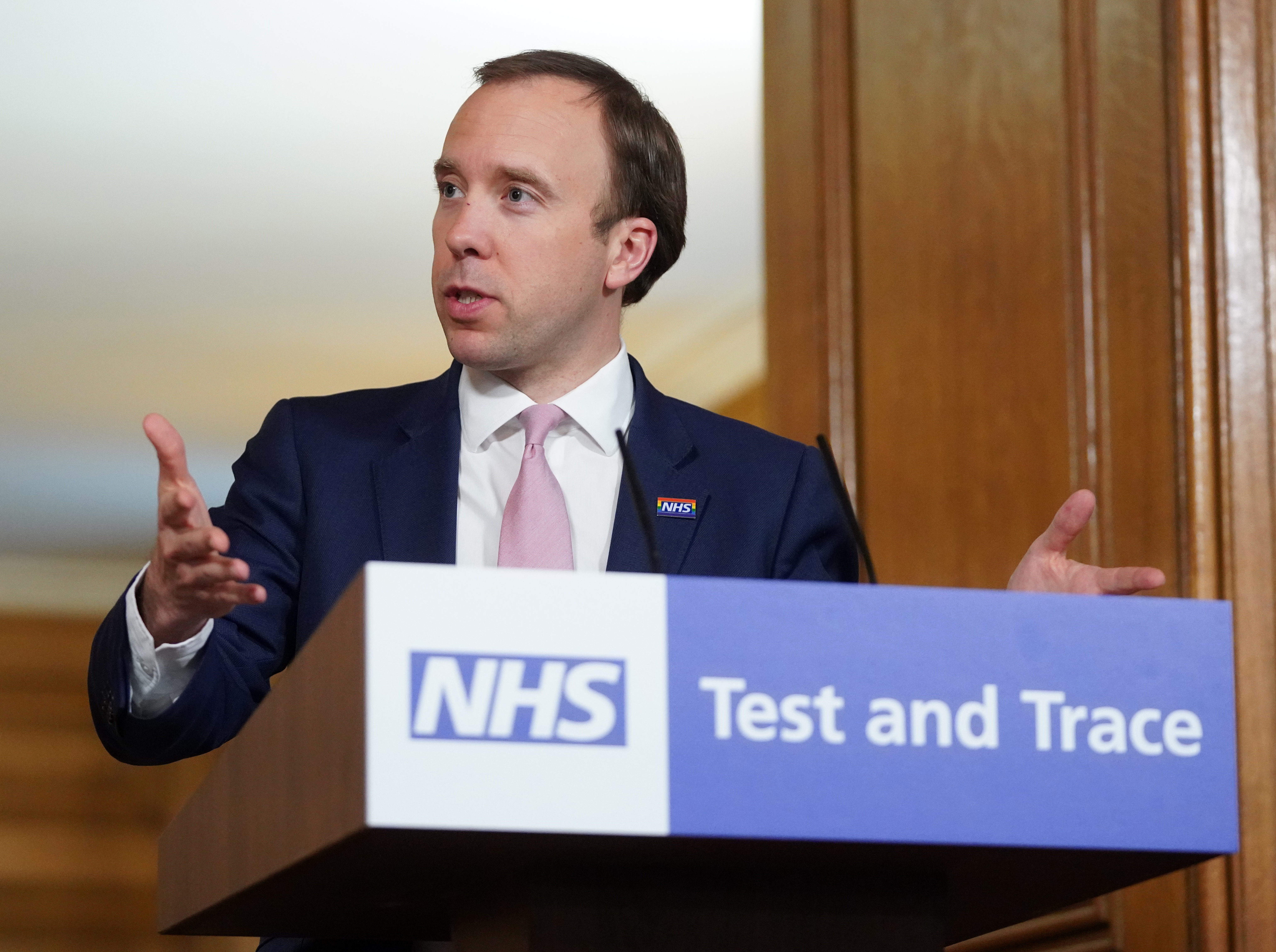I wonder if Matt Hancock, or anyone else who has been developing the track and trace system for coronavirus, has set themselves this little test: get a blank sheet of paper and write down the names, addresses and telephone numbers of the people you sat next to on your last tube, train or bus journey, and the same for people on the surrounding tables on that last restaurant meal before lockdown.
Er, where to start? As it happens I can name one fellow passenger on my last train journey: Lord Smith of Finsbury was sitting across the aisle – talking on his phone, interestingly enough, about a colleague who was suspected of having Covid. But I can’t even begin to picture the rest of the carriage. Was there a pair of girls a couple of seats down? But sorry, I can’t even slightly tell you what they looked like. And my last restaurant meal? I saw some friends from my village on their way out, but they weren’t sitting near me anyway. The people on the next table? Sorry, I didn’t know them from Adam and can’t recall the faintest thing about them.
It might have worked in a rural village a hundred years ago, but most of us have such complex lives now
That’s not much to go on, really. Yet it is exactly the information that people are going to be asked to provide to Britain’s rapidly-trained army of 25,000 contact-tracers if they test positive for Covid-19. How on Earth does anyone think these sort of conversations are going to be helpful in tracking down and isolating people who might be carrying the disease? It might have worked in a rural village a hundred years ago, but most of us have such complex lives now – or did until we were forced into lockdown – that it should be obvious that manual track and trace is a complete non-starter. It will enable a few colleagues and friends to be told to self-isolate, but for most 21st century urban dwellers there is a vast unknown population of people with whom they have contact in the course of a typical day. ‘Contact’, for the purposes of the track and trace system, means anyone with whom we have come within a metre or spent 15 minutes within two metres.
It was for this reason, of course, that the government initially put its faith in a mobile phone app-based track and trace system. But the system, trialled on the Isle of Wight, itself seems to have gone down without a trace. A few weeks ago it was absolutely central to the government’s plans out of lockdown, but now ministers hardly mention it. It has become the technological equivalent of Joe Cocker, who aroused tremendous excitement at the Isle of Wight festival in 1969 only to vanish from the scene shortly afterwards.
It is true that manual track and trace has been used in South Korea, which has been very successful in containing the virus, without lockdown. But it was also testing vast numbers of people very early in the epidemic: 20,000 a day by early March. Two weeks ago its track and trace system was struggling in the face of an outbreak connected to a Seoul nightclub – it had tracked 2,500 people who had attended a nightclub but was still looking for an estimated 3,000 more. Japan, though, has similarly avoided a high death toll without much in the way of tracking and tracing.
Whatever inspiration you try to look for from abroad, doesn’t negate the fundamental problem with a manual track and trace system: I don’t know the identity of the vast majority of people I come into contact with during a normal day in a large city, and neither do you.
This article is free to read
To unlock more articles, subscribe to get 3 months of unlimited access for just $5









Comments
Join the debate for just £1 a month
Be part of the conversation with other Spectator readers by getting your first three months for £3.
UNLOCK ACCESS Just £1 a monthAlready a subscriber? Log in